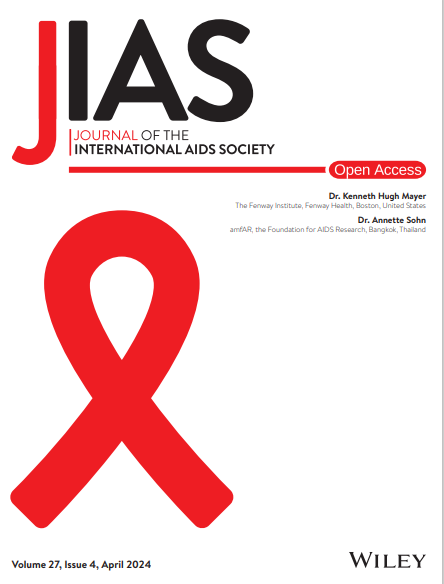HIV transmission is ongoing in both high- and low-resource settings. Post-exposure prophylaxis (PEP) remains an important tool in preventing HIV; however, PEP is significantly underutilized. The multitude of barriers to PEP implementation include low patient and provider awareness and acceptability, limited access to treatment and prevention services, and high rates of stigma. The World Health Organization (WHO) recently released updated guidance on the delivery of HIV PEP. This commentary aims to highlight the salient changes, evaluate how such recommendations can overcome the existing barriers to PEP implementation and discuss strategies needed to put the updated guidance into practice.
The 2024 WHO PEP guidelines continue a trend towards increasing access to PEP. Most notably, the WHO now provides strong recommendations that: (1) PEP be delivered in community settings (e.g. pharmacies, police stations and online platforms), and (2) PEP delivery and monitoring be done via task sharing involving non-specialist health workers (e.g. pharmacists or community health workers). The guidelines also emphasize that the PEP encounter is an important educable moment whereby a transition to pre-exposure prophylaxis among individuals at continued risk for HIV infection should be discussed. The decentralization of PEP delivery has the potential to overcome numerous barriers to PEP implementation, reduce time to initiation and support adherence with the 28-day course. To translate the recommendations into delivery programmes, however, much more work is needed. Detailed templates can help overcome the heterogeneity of both the community settings in which PEP can now be provided and the populations (e.g. survivors of sexual assault, healthcare workers, sex workers, etc.) among whom PEP may be indicated. Training of the workforce will be essential, which should include, as emphasized by the WHO, training in trauma-based care. Novel formulations of and delivery mechanisms for PEP are also emerging, and how such iterations can synergize with decentralized PEP delivery programmes remains to be seen.
The updated WHO PEP guidelines make major strides towards increasing access to PEP. Realization of such aims will require ongoing evaluation and support given the heterogeneity in who benefits most from PEP.


